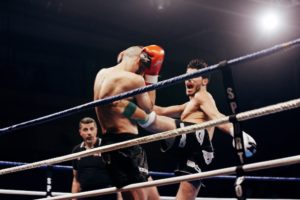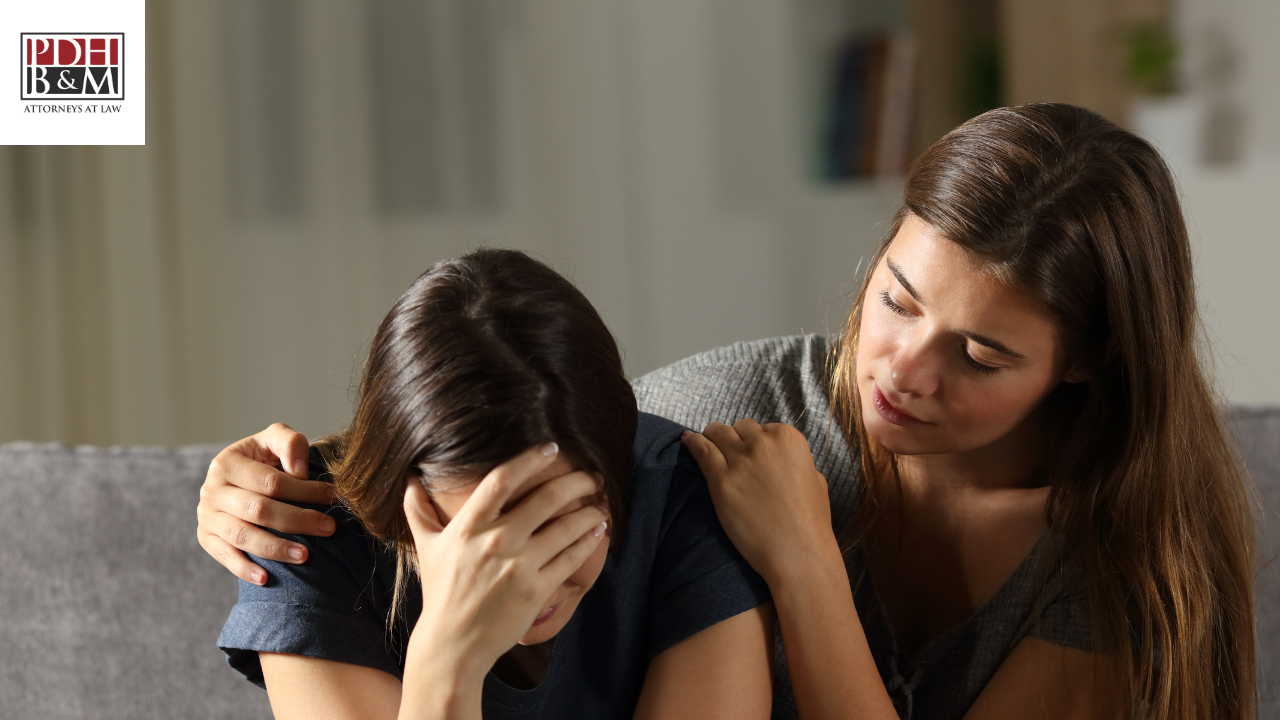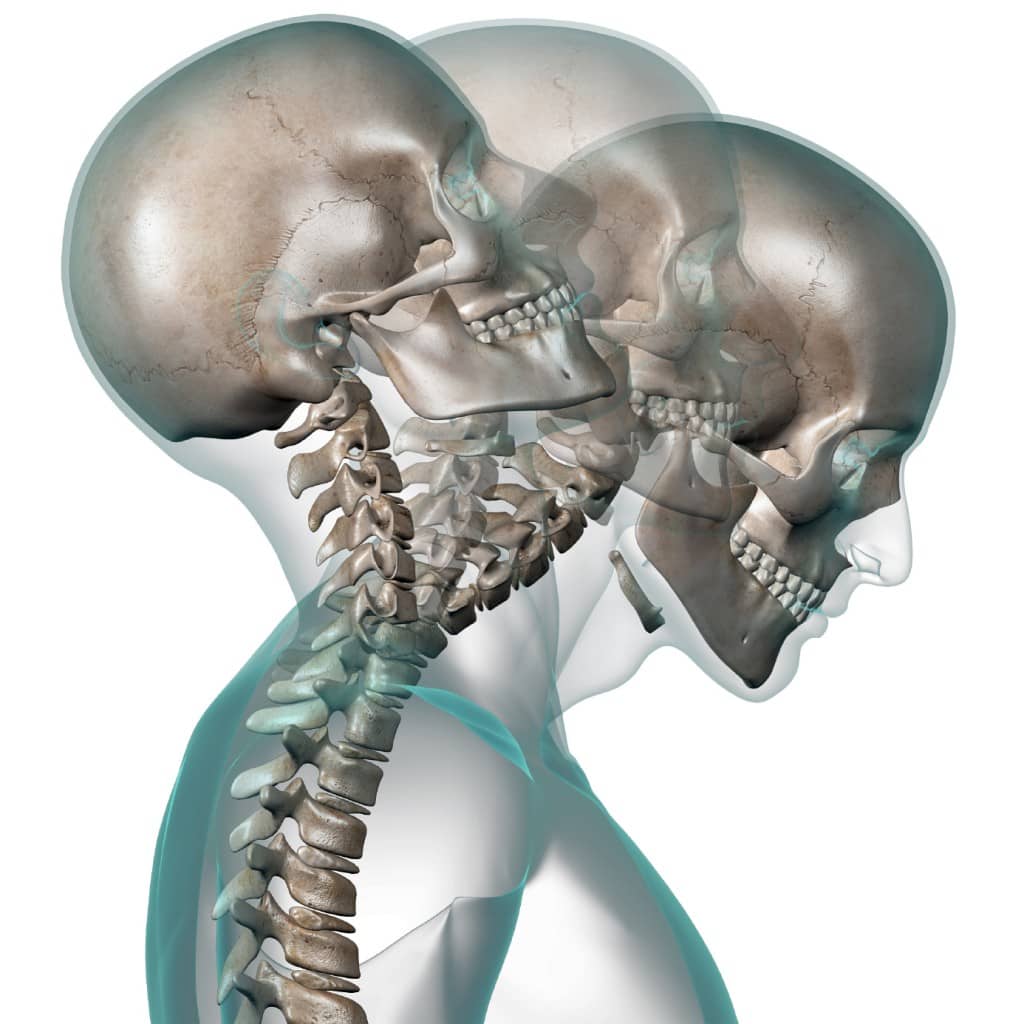Boxer Receives Record $22 Million in Personal Injury Lawsuit

The recent boxing match between Conor McGregor and Floyd Mayweather ignited a new interest in the sport, garnering attention from viewers who had never witnessed it before. Americans have long had a love for tough physical competition, though recent research into an association between National Football League athletes and chronic traumatic encephalopathy (CTE) in players’ brains has even diehard fans questioning just how much strain is worth the entertainment, when long-term brain damage is a risk.
While American professional athletes who participate in skull-crushing sports like football and boxing do so voluntarily, a landmark settlement that occurred last month brings up new questions for athletes and their families. Boxer Magomed Abdusalamov was awarded $22 million last month in a personal injury case against New York State, after he suffered brain damage after a 2013 fight. This is the largest personal injury settlement in the history of New York. The family is currently pursuing a lawsuit against the three ringside physicians, as well.
Injuries due to negligence can happen in any sport, whether it’s a combat sport or non-contact sport. Considering more than 600,000 male high school athletes are injured in the United States a year in contact sports alone, it’s important to be aware of risks all athletes face due to preventable injuries that occur. If you or a loved one is an athlete, here’s how the Abdusalamov case may affect the future of sports.
What Happened
In 2013, Russian boxer Abdusalamov lost in a fight by unanimous decision. Following the completion of the boxer’s post-fight medical assessment, he was not immediately taken to the hospital for treatment, despite his suffering. Instead, he took a cab there himself. He ended up suffering from a blood clot, had to have surgery that night, suffered a coma that lasted several weeks, and was hospitalized for more than 10 months.
Today, Abdusalamov is still in recovery. He is paralyzed on his right side, cannot walk, and has impaired speech. Abdusalamov’s family filed a lawsuit against the New York State Athletic Commission, its staff and its ringside physicians for recklessness, gross negligence and medical malpractice. With proper care, the family alleged, Abdusalamov’s dire condition today may have been avoided with more immediate attention, diagnosis and treatment.
If anything positive came out of the Abdusalamov case for pro athletes, it may be closer attention to safety measures. While many pro leagues have insurance policies to cover accidental injuries, injuries caused by negligence don’t have this protection.

What the Abdusalamov Case Means for Athletes
Getting punched, often in the head, is common in boxing, and it’s expected. What shouldn’t happen is an athlete being left in the ring for too long, when it’s clear they are likely to lose the fight. Boxing competition creators, promoters and staff are upheld to athletic regulations that dictate what care is proper in order to ensure the utmost in health and safety for the athletes.
In the case of Abdusalamov, negligence was proven to be a factor in the decisions of the physicians and staff who tended to the boxer after the fight. In the professional realm of sports, other examples of negligence may include:
- Improper number of physicians on duty and lack of access to proper medical care
- Faulty equipment, including safety helmets
- Lack of medical attention as soon as it’s needed
- Incorrect treatment of an athlete in pain
Negligence in sports can also occur in non-pro leagues, including children’s sports leagues. Incidents may include:
- Misuse of proper safety equipment
- Improper safety training to prevent injury
- Improperly maintained sporting grounds
- Placing athletes in dangerous training conditions, such as practice or competition in extreme heat
- Extremely dangerous or aggressive behavior by other athletes
As seen by the guilty verdict in the Abdusalamov case, negligence can have detrimental life-long effects. When safety is not prioritized and personal injury is done, negligence may be a costly factor.

What to Do If You or a Loved One Is Injured During Sports
First, in order to protect your safety as much as you can, you the athlete should be getting regular physical examinations to maintain your health. If you have an injury before you’re injured again while competing, negligence is much harder to prove, since you should have been resting and recovering instead of competing.
If a sports injury does occur, you should immediately get medical treatment. As sadly seen with Abdusalamov, life-threatening injuries may not be immediately apparent, and getting adequate treatment can help. You should also note and document what happened at the scene of the competition. How did the injury occur, how could it have been prevented, and what injuries are you suffering now?
Keep organized records of all medical documentation. If you believe negligence on behalf of a sports organization, coach or on-site physician was to blame for your injury, contact a personal injury attorney in Birmingham. You may be entitled to compensation for your pain and suffering due to an athletic injury.








